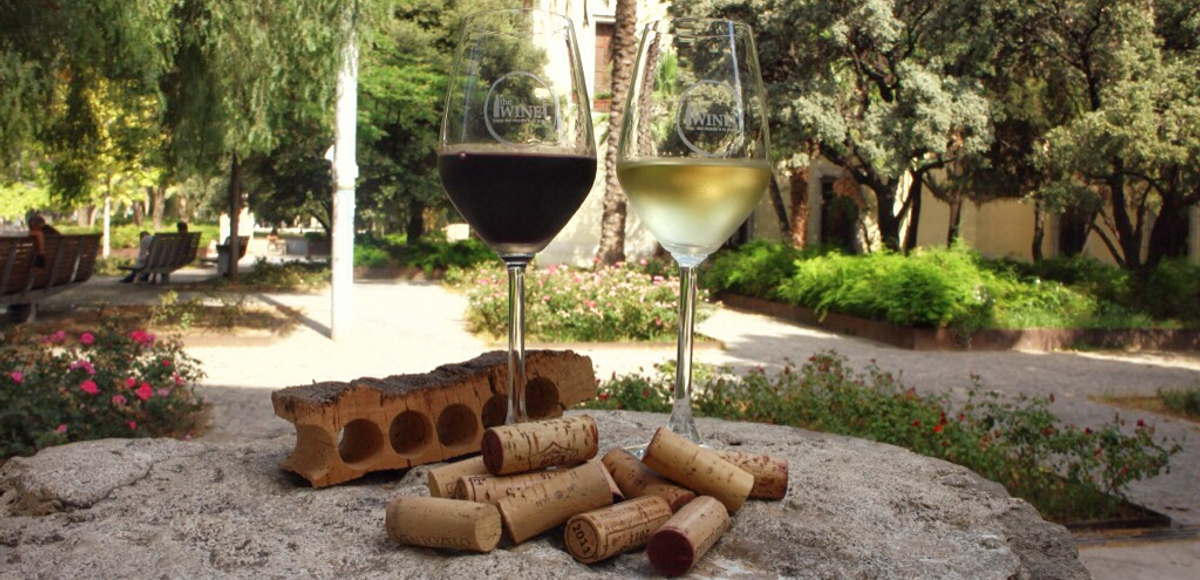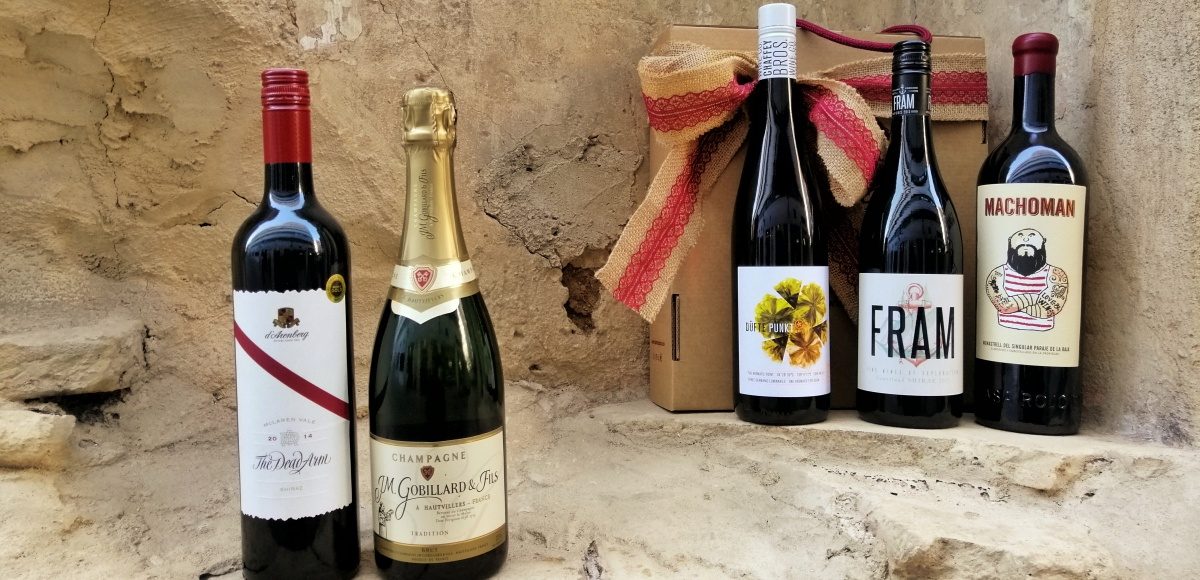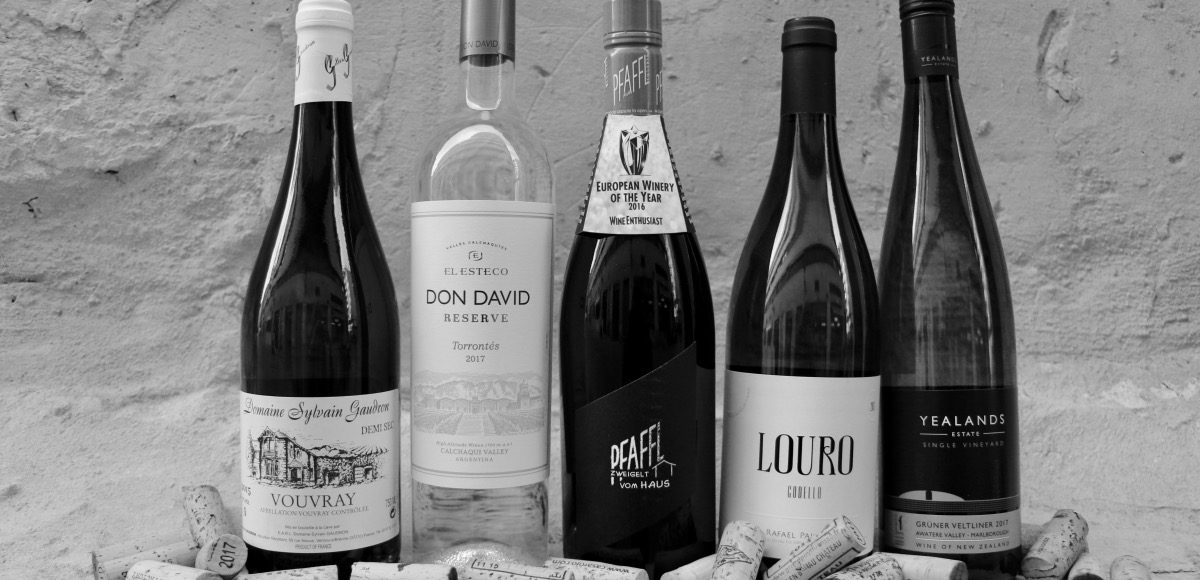How we choose wine is influenced by many factors but the most important thing to bear in mind is, what is the right wine for a specific moment or event?. Here are some more essential wine tips to help you choose.
Do expensive wines taste better than cheaper wines?
I have done many tastings with wine enthusiasts and in blind tastings most people do not choose the most expensive wines as their preferred choices, nor can the identify which are the most expensive and the cheapest wines. Wine tasting is personal and as we become more experienced tasting different wines our palates become more finely tuned to be more perceptive to distinctive flavours and styles. So price is not always the most important factor when finding wines that you like.
Fruity Wines and Sweet Wine are not the same thing.
People often confuse sweetness with fruitiness in wine. A young Chardonnay may be full of rich, sweet flavours – tropical fruits, pineapple, papaya – but yet is dry in terms of residual sugar. Understandably this can be confusing, how can something have sweet flavours but be dry. Our senses associate tropical fruits or ripe summer berries with sweetness. On the other hand classic sweet wines such as Sauternes, Tokaj, some Rieslings and some Moscatels are made differently so that the wine has a much higher level of natural residual sugar.
Sparkling Wines are not just for celebrations, they are also great food wines.
Champagne, Cava and Prosecco are very versatile wines, they come in different styles from dry to sweet and have the structure and acidity to go with a wide range of dishes such as seafood, desserts and cheeses.
Temperature affects aromas and flavours.
If a white wine is too cold the subtle aromas and flavours will not be evident while if a red wine is served too warm it can taste flabby. Young reds often taste better if served a little cooler, 12ºC, while whites often taste better when served slightly warmer, 7-8ºC. During the warmer months don’t be afraid to ask for an ice bucket to chill a red wine.
Screwcap does not mean wine is cheap
Screw caps avoid problems of cork taint, which effects around 5 – 10% of bottles with a cork closure. For many years New World Wine producing countries, such as New Zealand, Australia and the USA, bottle a large proportion of their wines with screw cap.
Rosé is not a mix of red and white
Rosé is made from the same must that makes red wine but it has had less contact with the skins of the grapes, from where the wine gets it colour. The wine style tends to be lighter, more fragrant and fresh. Perfect as an aperitif or to accompany a wide range dishes such as salads, seafood, chicken and pasta dishes.
Ultimately it is you who is drinking the wine. Learn how to taste, by practising you will discover the styles of wines that you enjoy most. You either like it or you don’t its personal.










